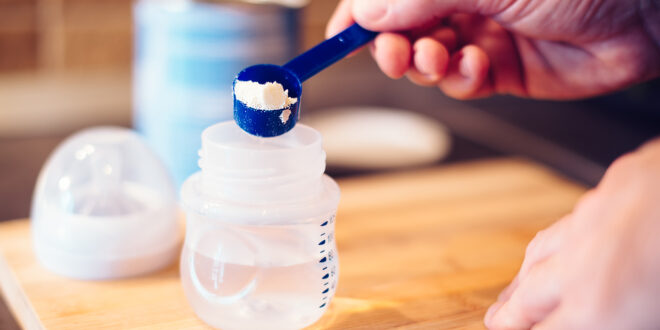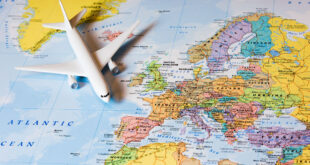When it comes to infant foods today, we seem to have endless options. In the current market, there seems to be a type of formula for every need. This might be confusing for some mothers trying to choose the right type of product for their newborns. For example, baby formula from Europe has been extremely popular among American customers for a while now. But it makes many parents wonder what European baby foods have that American ones don’t.
Are you having a hard time deciding on the best product? We’ll talk more about European baby milks and how they differ from others.
Is infant formula from Europe illegal in the US?

In Europe, The European Commission is the regulator that establishes requirements for infant foods in the EU. In the US, that role belongs to FDA (the Food and Drug Administration). Both authorities have to approve any foods that want to enter the market. And it just so happens that the overwhelming majority of European brands are not approved for sale on American territory.
The funny thing is many requirements of both agencies for baby foods aren’t that different. They both require the same amount of fats, proteins, carbs, and calories to be there. Both FDA and EC say that infant milks must be as similar to human milk as possible.
What makes the European formula different?
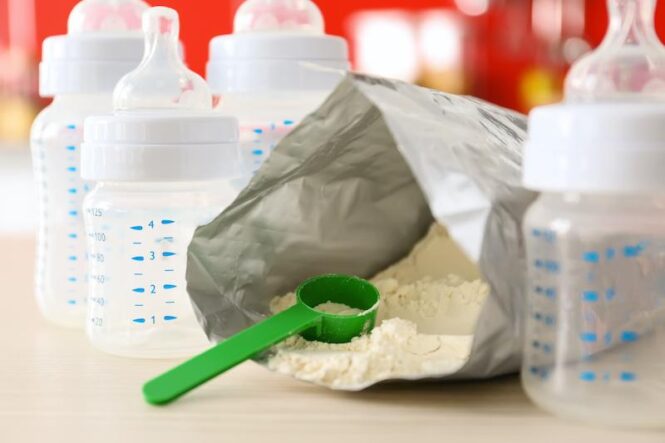
But although both agencies have similar regulations, there are also some significant differences. The EC’s requirements seem to be much more stringent when it comes to where the ingredients included in baby foods come from:
1. No matter where the formula is produced, it must include carbs. The main source for this nutrient is sugars and starches. The EC lists a number of these as permitted carbs. This list, however, doesn’t include corn syrup which is the main source of carbs in many American baby foods. What’s more, one of the EC’s requirements is that at least 30% of carbs in infant milks originate from lactose as is the case with human milk. There’s no such requirement for US products.
2. The EC requirements are also very particular as to what carb sources can’t be used in baby milks. According to them, sucrose can’t be that source unless the formula includes hydrolyzed protein. Gluten must also be excluded from all infant foods.
3. Breast milk research still continues and the EC requirements change as new facts emerge. Just a year ago, the Commission introduced the new requirement of Omega-3 fatty acid (DHA) to be present in all formulas.
4. One of the major differences that make European infant foods stand out is that they are allowed to be based on goat milk. Brands like Holle or Loulouka which can be found in online stores such as organicsbestshop.com offer product lines based on goat milk.
5. Infant foods from Europe come in stages to suit the ever-changing needs of rapidly growing babies. The majority of European formula manufacturers offer 3 stages of products, for newborns, 6-month-olds, and toddlers.
6. The vast majority of baby foods from the EU contain only organic ingredients. The only exclusion is products that include hydrolyzed proteins (which can’t be organic). The EC regulates even what cows and goats eat. Whatever milk is used to make a formula, it can’t contain pesticides, genetically modified components, or hormones.
7. Many formulas from Europe are based on whole milk. That’s impossible for American manufacturers who use skimmed milk and complement it by adding vegetable oils.
What about American formula?
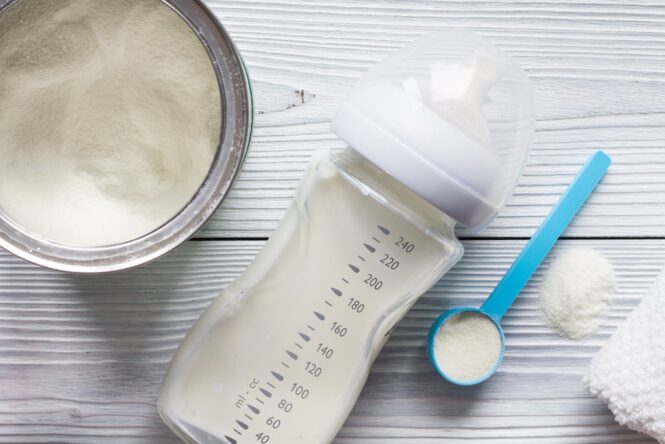
Just like European products, US baby formula is supposed to mimic mother’s milk. Human milk is naturally sweet and babies love it. American formula producers mimic that sweetness by using added sugars like sucrose or the above-mentioned corn syrup.
For lactose intolerant babies, US manufacturers offer products based on soy.There’s something that American and EU regulators can’t agree on: the amount of iron that should be included in infant foods. While the EC believes this amount must not be higher than 1,7 mg, FDA allows up to 15 mg of iron in a formula.
Why do American parents choose baby formula from Europe?
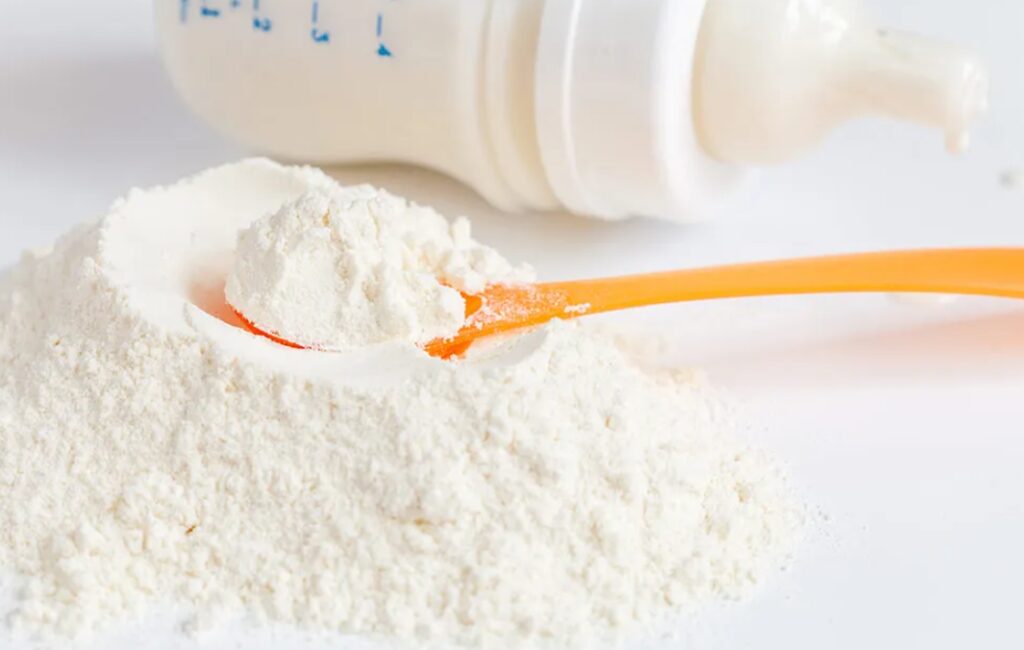
Let’s admit it; the majority of parents don’t have time or desire to delve into the intricacies of government regulations. They assess the quality of products by doing their research on the ingredients listed on the labeling. And of course, they make their conclusions by noticing how their little ones react to formula.
There are a few reasons why American moms opt for infant foods from Europe:
1. Lactose. The inclusion of lactose is important, even though it might make the product a little more expensive. In addition to including lactose, baby formulas from the EU were also among the first to use goat milk. It’s believed to be hypoallergenic and great for sensitive digestive systems.
2. All-natural components. When your baby’s healthy growth is at stake, natural is the way to go. Because the EU has stricter rules on what substances can and cannot be used in formula, infant foods contain more natural, organic ingredients.
The exact amount of these ingredients are specified for every age group. Fortunately, there are few to no preservatives, colors, and flavors ncluded in the final composition.
3. Probiotics. Baby formula from the EU contains probiotics while the majority of American products don’t. They help to keep balanced intestinal flora which gives a great boost to the immune system. It also means fewer digestive issues.
4. No GMOs. Many mothers all over the world are concerned about genetically modified products and their effect on health. A baby’s body is vulnerable so of course, you’d want to protect them from any possible risks. European infant foods are completely GMO-free while American requirements for this particular aspect are far from being stringent.
5. No sugar. The EU rules outright prohibit the use of sugar and sucrose in baby formula. It doesn’t mean that European products don’t taste good. They are still sweet enough thanks to lactose.
Conclusion
Now you know what sets European baby formula apart from the competition. It seems to be healthier, more natural, and overall closer to mother’s milk. It’s easy to find reasons to opt for infant foods from Europe.
 Imagup General Magazine 2024
Imagup General Magazine 2024
